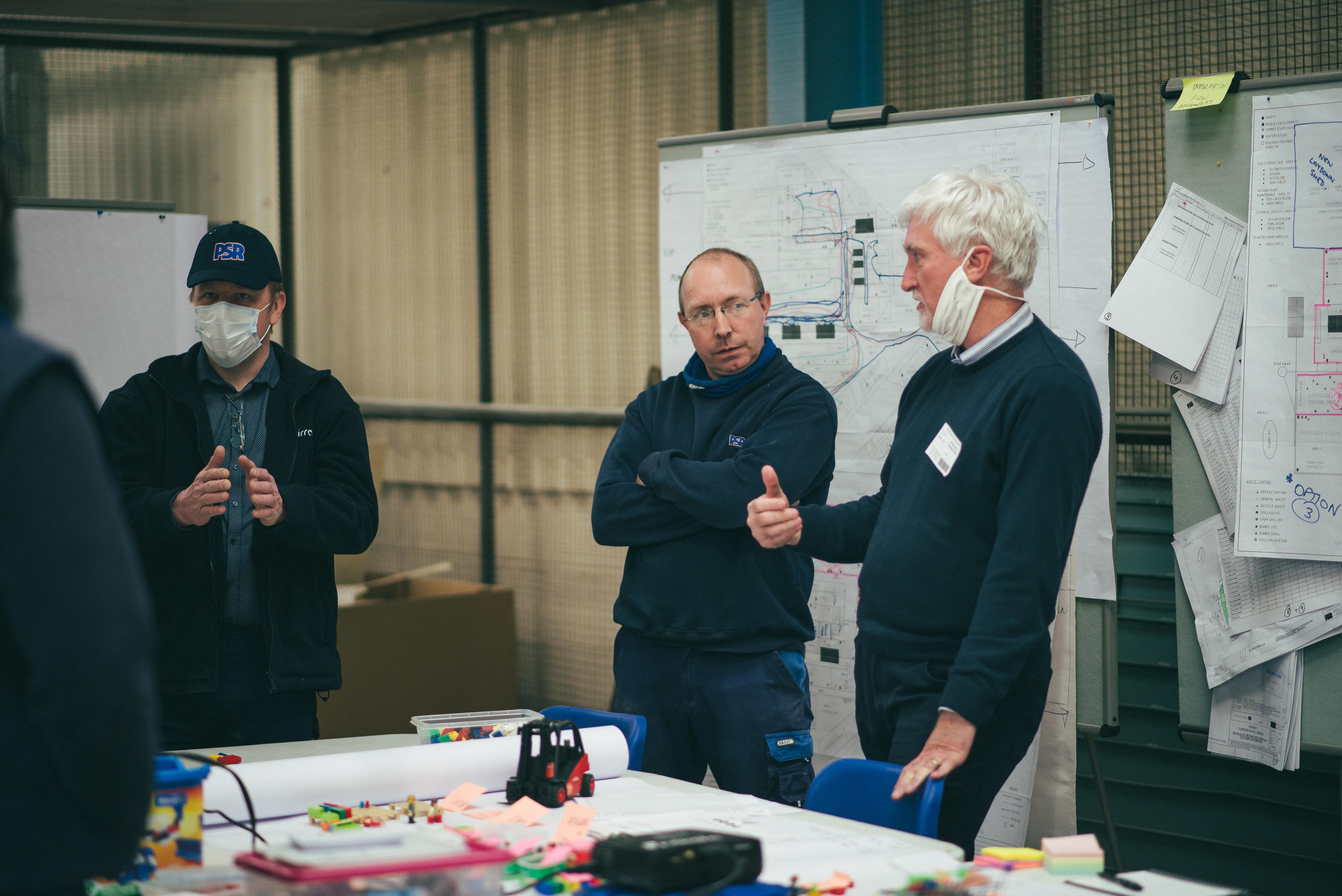Is Lean Manufacturing Worth the Effort?
As the world of manufacturing becomes increasingly competitive, companies are constantly seeking ways to improve their efficiency and reduce costs. One approach that has gained popularity in the UK over the past couple of decades is lean manufacturing, a philosophy and methodology that emphasises continuous improvement and waste reduction. In this blog post, we’ll explore how Lean principles can help manufacturers maximise efficiency and achieve significant cost savings, while at the same time deliver value to the customer.
What is Lean Manufacturing?
Lean manufacturing is a systematic approach to process improvement that originated in Japan in the 1950s with the Toyota Production System. At its core, Lean is all about identifying and eliminating waste in all forms.
Waste #1 | Non-Value-Added Activity
Any activity that consumes resources that does not add value for the customer is a form of waste. These types of wastes include overproduction and making more than what is necessary, waiting time, defects, excess inventory, unnecessary motion, over processing, and unused talent. By reducing or eliminating these wastes, Lean helps companies achieve higher efficiency, quality, and customer satisfaction, while minimising costs and lead times.
Waste #2 | Lack of Flow
Unevenness in any operation forces a system to batch and queue, which is often caused by the design of the system and not the true demand profile from the customer. The unevenness can cause people to hurry and wait, due to poor system design. Looking at the system and making efforts to level the schedule can remove this form of waste and improve the pace of work.
Waste #3 | Overburdening
Forcing equipment and people to operate at a pace higher than they are designed to run for prolonged periods can stress them to breaking point. Attention should be paid to the true capability of equipment and people. The system should be designed to maximise the potential of equipment and people but not overburden them.
What are the benefits of implementing Lean manufacturing?
A good place to start… what would you like the benefit to be? In one recent Manufacturers’ Alliance case study, a manufacturer in the North West went from a position of needing to invest nearly £300k in capital equipment and recruiting an additional 6 staff, to actually reducing the night shift and avoiding the capital investment, simply by looking at Lean production methods. Start with the challenge or the problem you are trying to solve.
Implementing Lean principles in manufacturing can bring a wide range of benefits, including:
- Increased efficiency: By eliminating waste and optimising processes, Lean manufacturing can help companies achieve higher throughput, faster cycle times, and lower lead times. This means that products can be produced and delivered to customers more quickly and at a lower cost.
- Improved quality: Lean manufacturing focuses on identifying and eliminating defects at the source, rather than relying on inspection and rework. This leads to higher quality products and fewer defects, which in turn can reduce warranty claims and improve customer satisfaction.
- Cost savings: By reducing waste and improving efficiency, Lean manufacturing can help companies reduce their costs and increase their profitability. This can be achieved through lower inventory levels, reduced scrap and rework, and increased productivity.
- Increased flexibility: Lean manufacturing emphasises continuous improvement and flexibility, which allows companies to quickly adapt to changing customer needs and market conditions. This can help companies stay ahead of their competitors and improve their long-term sustainability.

How do you implement Lean principles in manufacturing?
Implementing Lean principles in manufacturing can be a complex and challenging process, but it can also be highly rewarding. Here are some key steps to consider when implementing Lean principles in your manufacturing processes:
- Define your why: The first step in implementing Lean principles is to define your reason for the change or improvement plan. Unless you are employing lemmings, people will want to know why. And a compelling reason can be a huge motivator to kick things off.
- Assemble a team: Bring together your champions of change. The people who have the will to make a difference and want to support success. Cross functional teams are the best ones, so look outside of the area you are focusing on for fresh thinking ideas.
- Identify and map your processes: Map out your existing processes. How do we approach things now? Don’t assume and work with the facts. This will help you understand where waste is occurring and identify opportunities for improvement.
- Analyse your data: Once you have mapped your processes, you need to analyse your data to identify patterns and trends. This will help you identify the root causes of waste and prioritise your improvement efforts.
- Build a plan together: Work with your team of champions to create a plan based on your findings. Spread the ownership of different tasks to keep everyone engaged and involved. Be clear about deadlines and agree the review process.
- Implement process improvements: Based on your data analysis, you can start implementing process improvements to eliminate waste and optimise your processes. This may involve redesigning workflows, reducing setup times, or implementing visual management systems. This is where the traction starts and where people begin to learn. We learn best by doing.
- Train and engage your employees: Implementing Lean principles requires a cultural shift, and it’s important to engage and train your employees to ensure their buy-in and commitment to the process. This may involve providing training on Lean principles and tools, as well as involving employees in improvement initiatives.
- Monitor and measure your progress: To ensure that your Lean initiatives are successful, it’s important to monitor and measure your progress. This should involve setting key performance indicators (KPIs) and tracking your progress over time. Make your KPI’s visible and meet regularly to review.
- Define your lessons learned and go again: Remember to take a step back and understand what you and your team are learning through the process of improvement. Just a simple, what is working well and what could be better is enough. Take on board the lessons and go back to step 1. Oh! And enjoy it!
Conclusion
Implementing Lean principles in manufacturing can bring a wide range of benefits. By identifying and eliminating waste, optimising processes, and engaging employees, companies can achieve significant improvements in their manufacturing operations. While implementing Lean principles can be challenging, the rewards are clearly well worth the effort, and can help companies stay competitive and successful in an increasingly demanding market.
This article was written by John Hardwick, facilitator and operational excellence evangelist with the Manufacturers’ Alliance. John has over 35 years experience in the pharmaceutical industry, as well as a period as Factory Director for the Horlicks factory in Slough. He is an expert in change management with a bias towards operational excellence. If you would like to spend time with John and others interested in improving operational performance, you can join our Operational Excellence Peer Group here https://www.manufacturersalliance.co.uk/operational-excellence/

